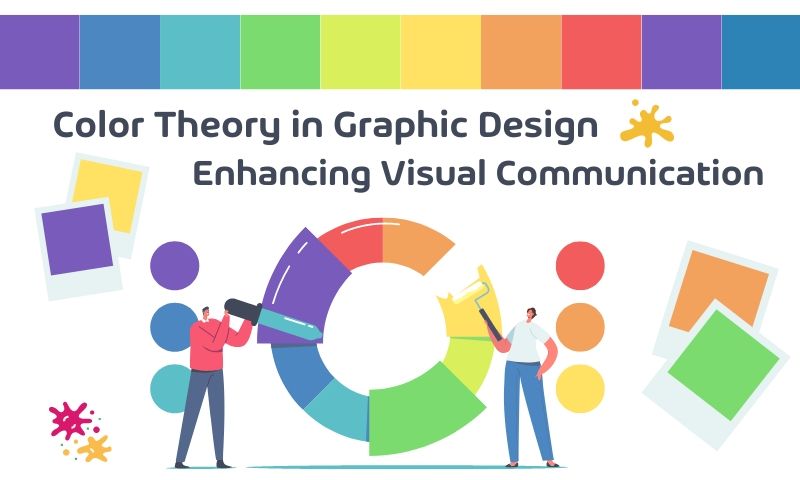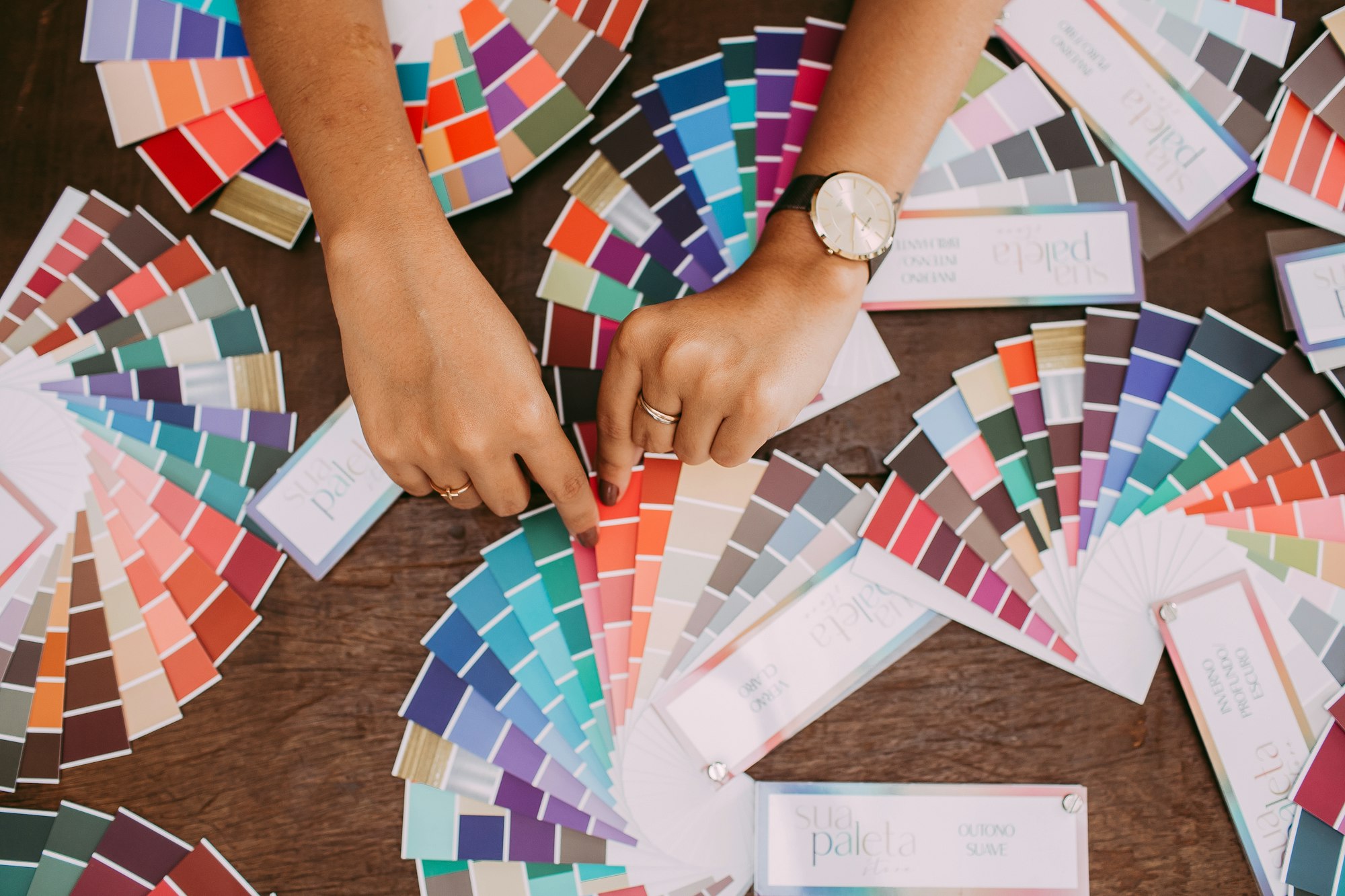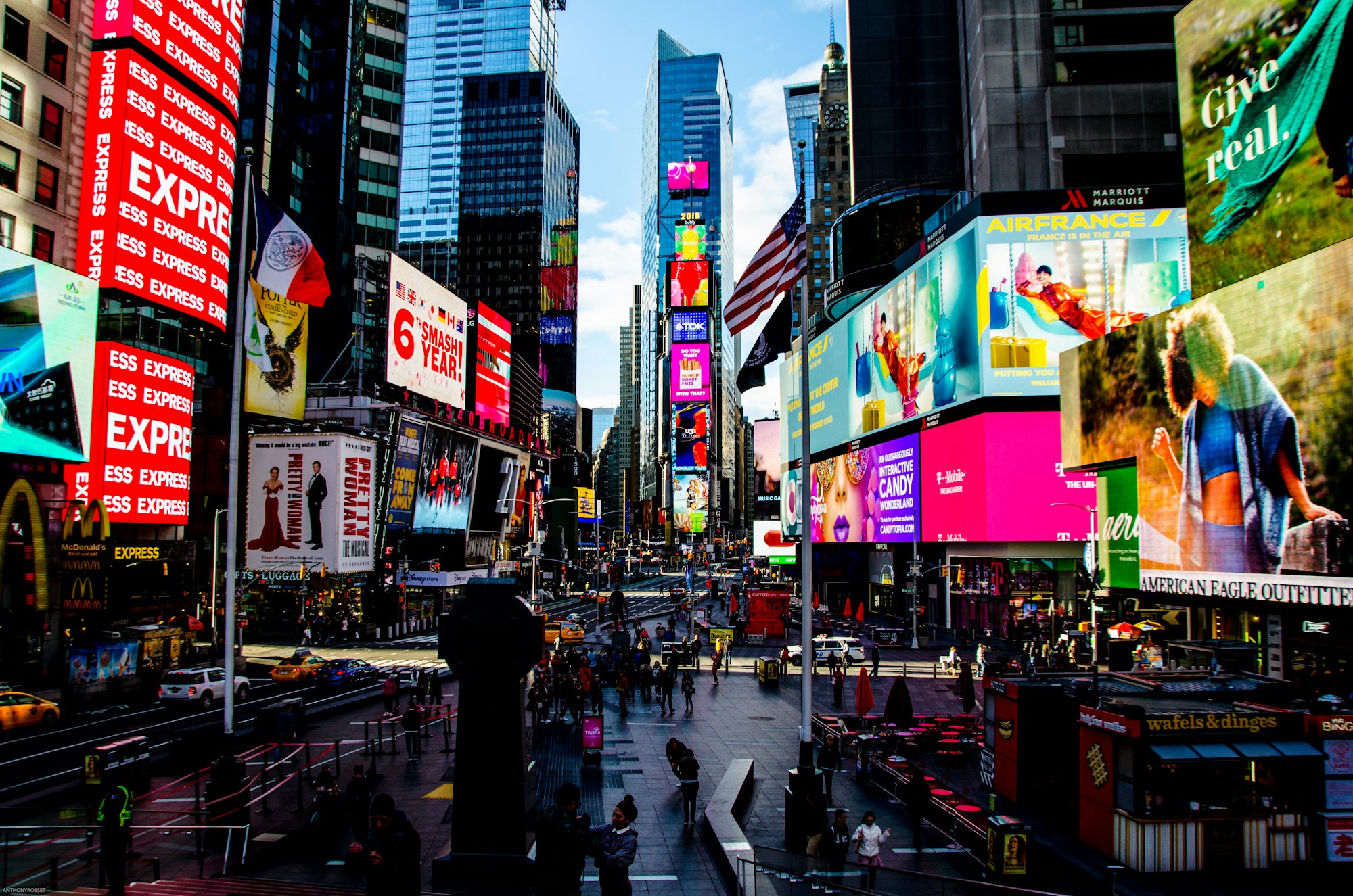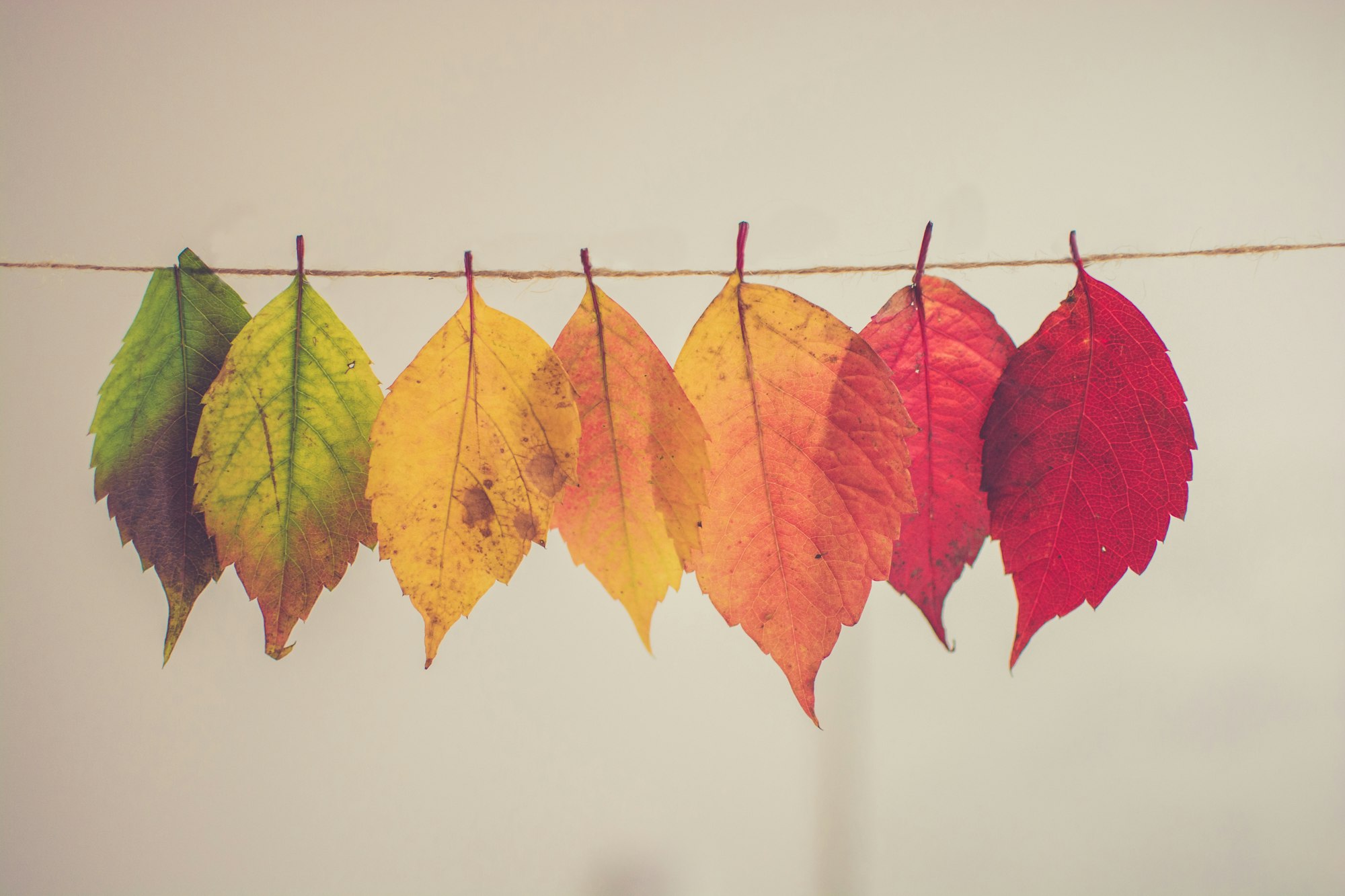Color Theory in Graphic Design Enhancing Visual Communication

Color is an integral and essential part of graphic design. In addition to presenting different visual effects, color can stimulate emotions and share information. Color also influences how people perceive design work.
Color theory is the art of using color skillfully. It shows us how to match, mix and scientifically contrast colors. And how humans perceive color. It also presents colors on the color wheel in primary, secondary, and tertiary categories. Let's explore the world of color together.
Understanding Color Theory
Secondary and Tertiary Colors: Expanding the Spectrum
Secondary colors are created by blending the equal parts of two primary colors. They include green, orange, and purple. Tertiary colors, alternatively, are created via mixing a number one color with a neighboring secondary color. These colorings make the spectrum bigger and provide designers with a broader range of design alternatives.
Color Contrast: Enhancing Readability and Focus
Color assessment refers to juxtaposing various colors to create visible hobbies and beautify readability. By using contrasting colors, designers can make sure that critical elements stand out and capture the viewer's attention. Effective shade assessment improves legibility and facilitates guiding the viewer's eye thru the layout.
The Color Wheel: A Foundation for Design
The color wheel is an essential device used in color ideas. It visually represents the relationships among colors, showcasing their organization and hierarchy. The coloration wheel includes primary, secondary, and tertiary colors, presenting designers with a color selection and harmonization framework.
Primary Colors: Building Blocks of Color Theory
Primary colors are the inspiration for all colors. These colors, namely red, blue, and yellow, cannot be created by blending other colors. They serve as the building blocks for completing all colors in the color spectrum.

Color Harmonies and Combinations
Color harmony is the art of mixing hues in a visually fascinating and balanced way. Harmonious shade combos make sure that the factors in a layout work together seamlessly and create a pleasant visual reveal. Different color harmonies, analogous, complementary, triadic, and split-complementary, offer designers diverse options to acquire one-of-a-kind effects and moods for their designs.
Color Psychology and Emotions
Colors have the capacity to evoke unique feelings and mental responses. Red, for instance, can deliver passion, potency, and urgency, while blue inspires feelings of calmness, consideration, and reliability. Understanding color psychology allows designers to strategically use colorations to persuade viewers' emotional reactions and beautify their effectiveness.

Unlocking the Potential of Color
Creating Visual Hierarchy with Color
Color may be used to establish a visible hierarchy, guiding the viewer's interest and emphasizing key factors. By using contrasting colors, designers could make essential records stand out, making sure the message is conveyed effectively.
Color in Branding: Establishing Identity
Color performs a pivotal function in branding and setting up an emblem's identity. Brands carefully select colors that align with their values, evoke the desired feelings, and differentiate them from the competition. Colors end up a quintessential part of a brand's visual language and help clients understand and hook up with the brand.
Color in Marketing: Influencing Consumer Perception
Marketers leverage color psychology to evoke specific feelings and create associations with their services or products. By strategically using colorings in marketing substances, classified ads, and packaging, entrepreneurs can impact purchaser perceptions and cause favored responses.

Color in Web Design: Guiding User Experience
In web layout, color creates user-pleasant and visually attractive experiences. It enables organizing data, distinguishing elements, and guiding customers via the interface. Color choices have to align with the brand identity and offer a seamless user reveal.
Color in Typography: Adding Visual Hierarchy
Colors in typography are vital for setting up a visible hierarchy and highlighting key statistics. Using unique colors for headings, subheadings, and frame text, and designers can guide the reader's interest and improve readability. Colors add depth and visual hobby to typographic compositions, making them greater enticing and impactful.
Color in UI/UX Design: Improving Interactions
Color is a powerful device for reinforcing interactions and enhancing usability. Colors are used to signify interactive factors, offer feedback, and create visual cues. By using effective shade choices, designers can create intuitive interfaces that are visually attractive and consumer-friendly.
Color in Print Design: Creating Eye-Catching Layouts
In print design, colors are used to create fascinating layouts that captivate readers and convey information efficaciously. From brochures to magazines and posters, the strategic use of colors can make designs visually compelling and memorable. Print designers rent shade concept standards to create harmonious and impactful compositions.

Tips for Applying Color Theory in Graphic Design
- Start with clean expertise of the target audience and the message you want to deliver.
- Experiment with extraordinary color schemes and combos to find the maximum appropriate one for your design.
- Color theory standards guide your decision-making, ensuring harmonious and balanced designs.
- Consider the context and medium in which the design will be presented, adapting the colors accordingly.
- Pay attention to coloration evaluation and legibility, ensuring that critical information stands proud.
- Regularly explore and stay up to date with color tendencies to keep your designs clean and applicable.
Common Mistakes to Avoid in Color Selection
- Overusing or misusing vibrant colors leads to visual clutter and confusion.
- Ignoring color psychology and using colors that contradict the intended message or brand identity.
- Neglecting the importance of shade comparison, resulting in bad legibility and readability.
- Using too many colors in a design overwhelms the viewer and dilutes the impact.

Conclusion
We learned about the role that color plays in graphic design and the functions that color cannot be ignored in graphic design. And the effects of different colors on human psychology and emotions. Through the understanding of color theory, we can use them skillfully in design to present a more wonderful visual feeling.
Designers use the power of color to enhance their work. More accurately presenting their feelings and ideas in their work leaves a lasting impression on the viewer.
Keep practicing while understanding your audience to harness color in a graphic design better.
By constantly figuring things out, everyone has the potential to embrace color. Let's give it a try.